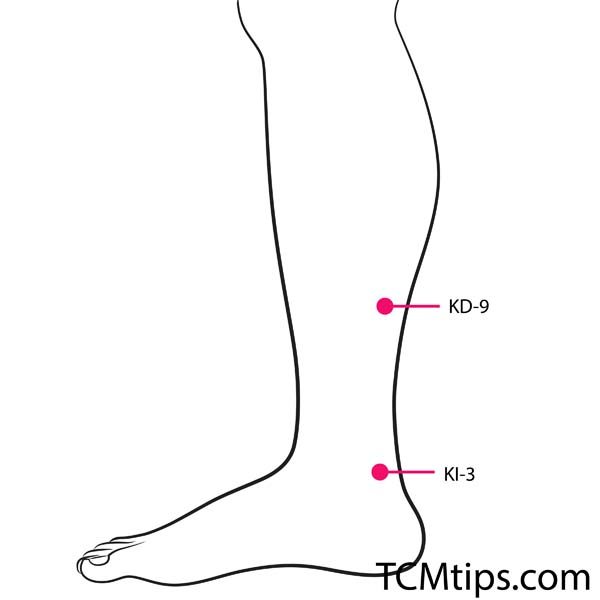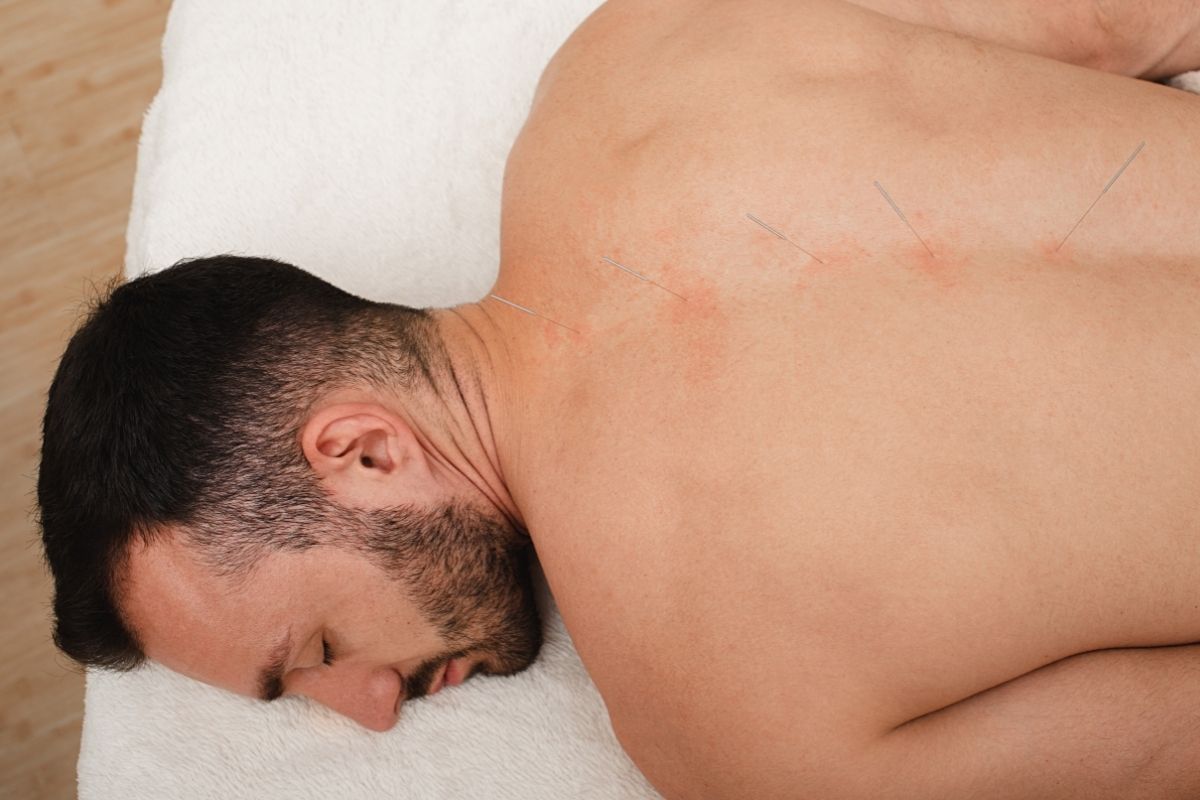In my time studying acupuncture and acupressure, I have come across many individuals suffering from spinal stenosis: a condition where the spinal canal, usually at the lower back, narrows and puts pressure on the surrounding nerves and spinal cord.
Spinal stenosis is a painful and often limiting condition. However, the good news is that you can use an acupuncture pen to apply acupressure to related acupuncture points and minimize discomfort.
I’m going to show you how to use an acupuncture pen for spinal stenosis in today’s guide.
Efficacy Of Acupuncture For Spinal Stenosis
You’re likely wondering, how effective is an acupuncture pen for spinal stenosis?
Spinal stenosis, also known as spinal canal stenosis, is an irreversible condition, meaning that there is currently no cure.
However, the discomfort of spinal stenosis can be managed through a variety of therapies and treatments, one of which is the traditional Chinese medicine of acupuncture.
Individuals with spinal stenosis may experience lumbar spinal pain, neck pain, sciatic pain, numbness, tingling, and weakness of the legs.
Limb pain (especially leg pain) and tight muscles are also common symptoms.
Neurogenic claudication may result if the spinal nerves are significantly compressed. Pain intensity and pain duration may vary.
Studies have shown that acupressure is an effective treatment for these pain symptoms. A LAP study conducted between 2011 and 2014 compared the effectiveness of exercise, medical treatment, and acupuncture in managing the pain of spinal stenosis.
Patients with spinal stenosis were assigned to one of the three treatment groups and asked to report changes in symptom severity and physical function.
While all treatments resulted in a reduction in pain intensity, only the acupuncture group reported improvement in function.
Acupuncture and acupressure, especially when combined with physical therapy or medication, are likely to lead to an improvement in pain and movement in patients with spinal canal stenosis.
However, more evidence is needed to confirm this.
Best Acupressure Points For Spinal Stenosis

There are over 650 different pressure points in the human body that can be activated through acupuncture.
When these points are stimulated, they have various physical effects on connected parts of the body.
Using an acupuncture pen for spinal stenosis is one of the best ways to manage the condition.
Take a look at the articles titled Do Acupuncture Pens Work or How to Use an Acupuncture Pen for more technical information about these devices.
Please be aware that the use of electrical stimulation through an acupressure pen in certain areas should be discussed with your primary care provider if you are pregnant and an informed decision should be made based on your medical history.
Additionally, if you are specifically hoping to use an acupuncture pen for neck pain due to spinal canal stenosis, make sure to familiarize yourself with the correct pressure points and how to activate them safely beforehand.
Take a look at the best acupressure points for spinal stenosis symptom relief below.
Acupoint: Bl-23 (Other Names: Urinary Bladder-23/Shen Shu/Kidney Transporter)

BL-23 (Shenshu, bladder meridian) is one of the best acupoints to target whilst using an acupuncture pen for spinal stenosis. It is also one of the best acupressure points for back pain due to gas.
Gas pain can definitely exacerbate the pain of spinal stenosis, so alleviating this discomfort through acupressure may also reduce your lumbar spinal pain.
Stimulating BL-23 produces a warming sensation throughout the body, which can be very soothing for chronic pain as well as relaxing if you’re experiencing tight muscles.
It is located on the back, in line with the second lumbar vertebrae. They are 1.5 cun to both sides of the center.
To activate this pressure point, apply gentle pressure with your acupuncture pen, massaging the area while sending electrical stimulation to the point at the same time.
You should experience a reduction in pain intensity.

Acupoint: Bl-25 (Other Names: Urinary Bladder-25/Da Chang/Large Intestine Transporter)

BL-25 (Dachangshu, bladder meridian) is an acupressure point located near the 4th and 5th lumbar vertebrae. It is 1.5 cun on both side of the spinous process of the fourth lumbar vertebra, about the same level as the highest point of the iliac crest.
It is known to strengthen both the lumbar region and the legs while alleviating pain in these areas.
This acupoint is also quite a versatile point. Applying pressure to this point may also regulate the digestive system. BL-25 is the second of two effective acupressure points for back pain due to gas.
Using an acupressure pen, apply direct pressure to both points on either side of the spine.
If you are specifically suffering from lumbar spinal pain due to spinal canal stenosis, you can also apply additional stimulation in the form of lateral pressure, spreading the lumbar tissues.
Acupoint: KD-9 (Other Names: Kidney-9/Zhu Bin/Guest House)

KD-9 (Zhubin, kidney meridian) is one of the main pressure points for thigh pain in the human body. However, it can also be activated with an acupuncture pen for spinal stenosis symptoms.
The main purpose of activating KD-9 is to strengthen the legs. This, in itself, can be an effective way to manage spinal canal stenosis because the weakness of the legs is a common symptom.
This point may also reduce sciatica pain and the chances of neurogenic claudication developing.
KD-9 is on the inner side of the calf, 5 cun above the tip of the inner malleolus, in the depression below the gastrocnemius muscle. . It can be activated through medium pressure for about 5 seconds at a time.

Try our Anti-Aging Gua Sha Tool designed to bring out your skin’s natural glow.
Best Gua Sha Product- Anti-Aging: The tool is designed to target 11 specific aging signs such as wrinkles and sagging skin. By following the 7-step routine, users can improve skin firmness and reduce fine lines naturally.
- Enhances Skincare Routine: It works effectively with serums and lotions, boosting absorption and efficacy of skincare products.
- Visible Skin Improvement: Users can expect a smoother complexion, reduced puffiness, and a more youthful appearance.
 P. Sze
P. Sze 

















